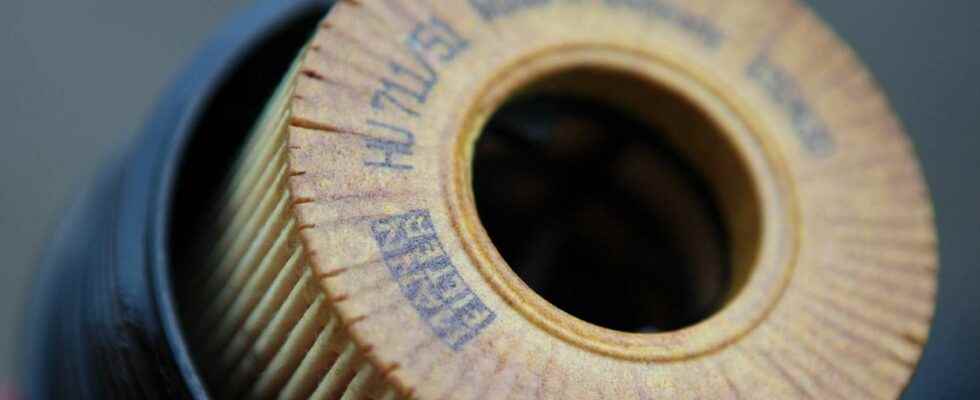A particle filter is a system connected to the exhaust pipe of a vehicle, which filters particles solid in suspension (soot Where carbon) and eliminates them through a regeneration process, automatic or forced. A filter can remove up to 85% of particles.
The use of the particulate filter has been mandatory since 2011 under European environmental protection regulations. The particle filter makes it possible to control theemission contaminating particles and make the vehicle more ecological.
To perform the automatic regeneration process (incineration of carbon particles), the filter requires the engine to run for approximately half an hour at just over 2500 rpm so that the gas exhaust pipes reach a sufficiently high temperature.
How does our driving affect the particulate filter?
Our style driving affects the operation of the particle filter. The conduct of a car diesel low speed makes the regeneration process difficult. Cold starts, frequent stops or city driving on short trips prevent the filters from reaching the optimum temperature for particulate regeneration, resulting in loss of efficiency and increased fuel consumption.
Maintenance of particulate filters
Like any filter that retains impurities, filters with particles should be cleaned regularly. Cars have protocols for regenerating the particulate filter. They are able to identify the situation and activate the cleaning of the filters. In these cases, it is recommended that drivers do not stop the regeneration cycle after starting and therefore continue driving until it is complete.
Filters are usually replaced between 90,000 and 200,000 kilometers. The standard is to be able to drive without problems up to 130,000 kilometers. In some cases, the duration of the filter exceeds 250,000 kilometers without any maintenance operation.
You will also be interested
Interested in what you just read?
